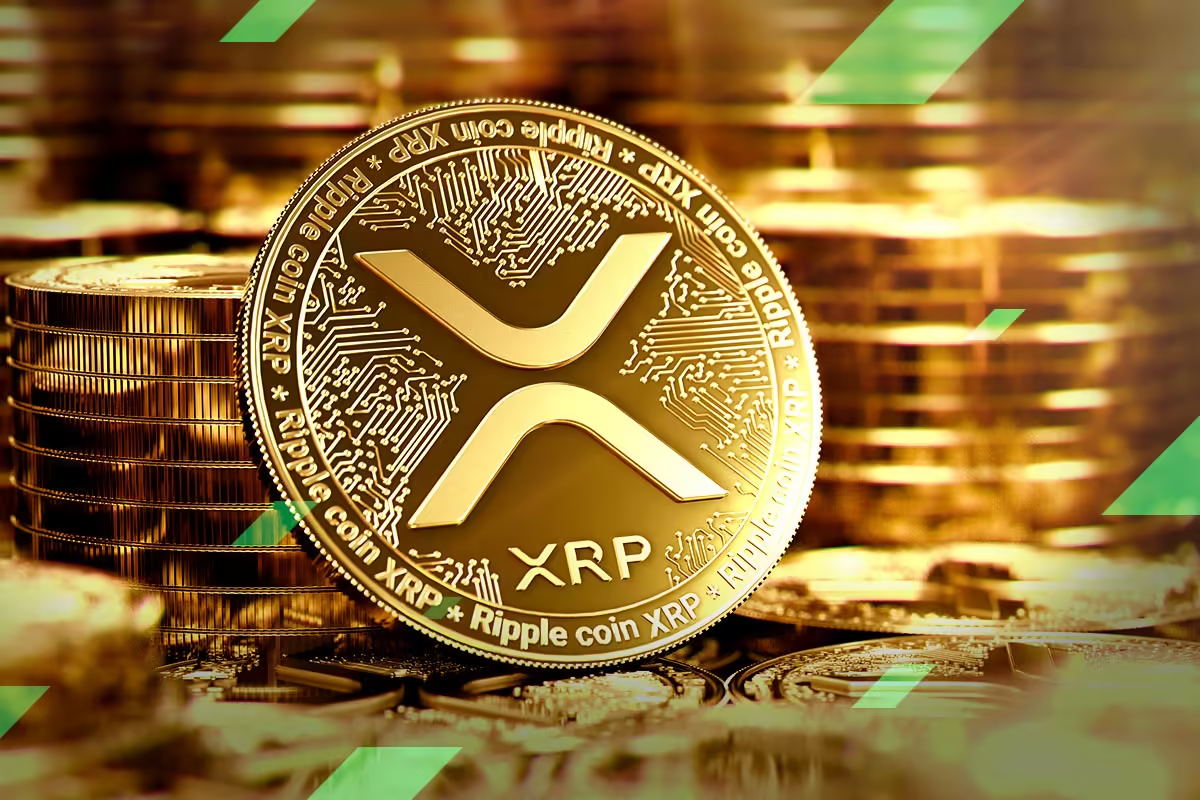|
Getting your Trinity Audio player ready...
|
Pi Network has surged by nearly 100% from its lowest point this year, trading at $57 as of Tuesday. The sudden price uptick has piqued investor interest, with the focus now shifting to the much-anticipated KYC verification deadline and the potential mainnet launch. As Pi Network developers have hinted at the transition to the Open Network by the end of 2024, questions remain: Will the Pi Network mainnet launch happen this year?
KYC Verification Deadline Looms Large
The developers have long signaled that the mainnet launch would occur in 2024, with the transition from the enclosed mainnet to the Open Network being a key milestone. This transition holds major significance for Pi pioneers, as it will allow millions of users to convert their accumulated coins into fiat currency.
However, before this can happen, there are several key steps to be completed. First, the majority of Pi Network’s pioneering users must complete their KYC (Know Your Customer) verification. This process has been ongoing for months, with millions of users already verified. The initial verification grace period ended on November 31st, and the deadline has now been extended to December 31st. While the KYC process is nearing completion, the tight deadline raises concerns about whether the mainnet will launch in 2024.
The first Grace Period deadline to submit the KYC application is now extended to December 31, 2024, making it the same as the second deadline to migrate. The final Grace Period deadline has not changed and is still December 31, 2024. This extension ensures all Pioneers have ample… pic.twitter.com/TLy68TXIIs
— Pi Network (@PiCoreTeam) November 29, 2024
Ecosystem Readiness and Market Conditions
The second requirement for a successful transition is having a robust ecosystem. Pi Network aims for at least 100 mainnet-ready applications that will provide utility for the Pi coin. Currently, there are approximately 60 applications in the Pi Network. While this number falls short of the target, there is hope as over 27,000 registered businesses have already expressed a willingness to accept Pi as payment, adding to the coin’s potential utility.
Lastly, the external environment must be conducive to the mainnet launch. Pi developers have emphasized that the launch will only occur when the crypto market is stable, and regulatory clarity has been achieved. With the unpredictable nature of the crypto space, this means the developers will likely wait for a more favorable environment before pushing the launch.
Given these factors, it is becoming increasingly likely that the Pi Network mainnet launch will occur in the first quarter of 2025. For the launch to happen this year, the developers would have already provided a roadmap detailing the exchanges listing Pi coins, which has not yet occurred.
Pi Coin Price Outlook
The price of Pi coin has seen considerable volatility this year. After dipping to $30 earlier in 2024, it rebounded sharply to $99.82 in October, only to drop again and stabilize at $90 in November. Despite these fluctuations, Pi coin remains above its ascending trendline from September and has held above the 100-day Exponential Moving Average, signaling that bulls are in control.

Given the current bullish sentiment, it’s plausible that Pi coin could continue to rise in the coming days. A rally towards the key resistance level of $100 is a possibility, particularly if the market receives clearer indications about the mainnet launch timeline. A breakout above $91.50, the highest point in November, could confirm the continuation of the bullish trend and further solidify investor confidence.
Also Read: Pi Network Price on Edge: Is $100 Within Reach as Mainnet Launch Approaches?
The Pi Network mainnet launch remains a key event to watch in the crypto space. While the KYC deadline looms and the ecosystem is still developing, the likelihood of a launch in 2024 seems low. However, the ongoing price surge and the growing interest in Pi coin indicate that investors are optimistic, with a potential rally heading into the new year.
Disclaimer: The information in this article is for general purposes only and does not constitute financial advice. The author’s views are personal and may not reflect the views of Chain Affairs. Before making any investment decisions, you should always conduct your own research. Chain Affairs is not responsible for any financial losses.
With a keen eye on the latest trends and developments in the crypto space, I’m dedicated to providing readers with unbiased and insightful coverage of the market. My goal is to help people understand the nuances of cryptocurrencies and make sound investment decisions. I believe that crypto has the potential to revolutionize the way we think about money and finance, and I’m excited to be a part of this unfolding story.




